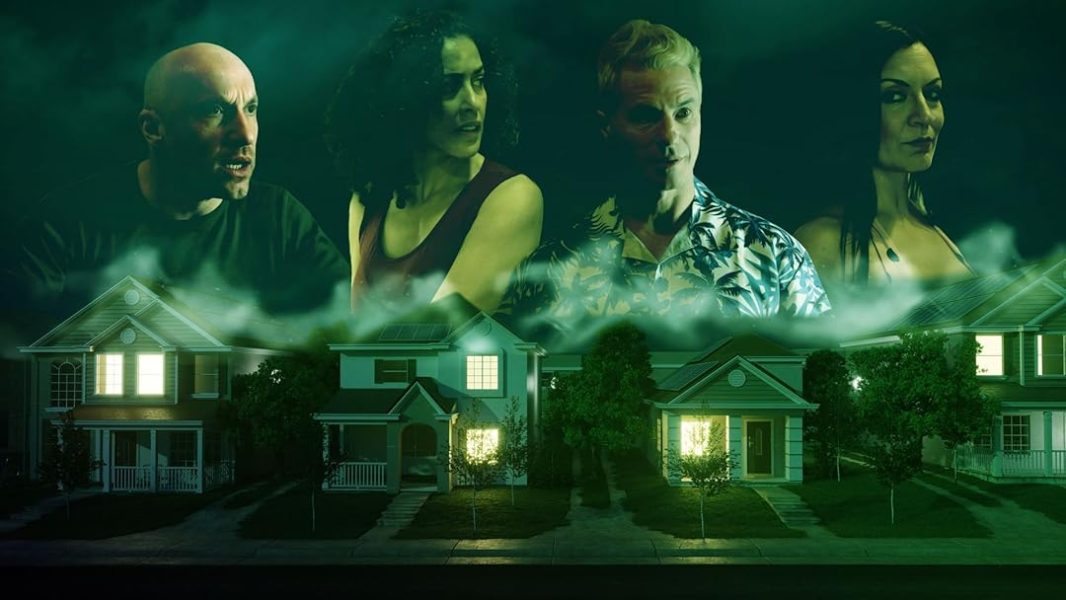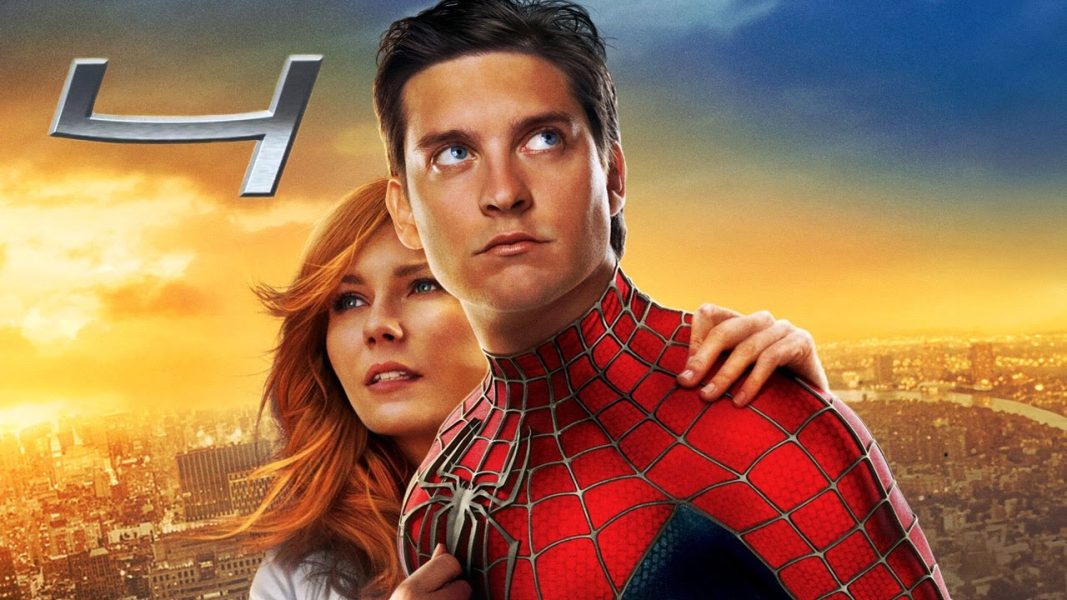1917 (2019): An Emotional and Exhausting Wartime Epic

War epics are now a staple of mainstream cinema, as a way to honor and sometimes glorify the past, with films like The Great Escape and Saving Private Ryan being the gold standard of the genre. No war films have even come close to the storytelling and rich characters both these films had created. That is until 1917, which comes pretty close to raising the standard of war films everywhere.
The year is 1917 and World War I is well underway. Lance Corporal Blake (played by Dean-Charles Chapman) and Lance Corporal Schofield (played by Adam MacKay) are infantrymen that are tasked a mission of delivering a message for a Colonel Mackenzie (played by Benedict Cumberbatch) and his company of 1600 men, amongst these men are Lance Corporal Blake’s older brother Lieutenant Blake (played by Richard Madden). The message is a direct order to stand down as the German Army has made a strategic retreat rather than what Mackenzie believes is the enemy scared witless. These two soldiers are now racing against a ticking clock to cross enemy lines and save the lives of 1600 soldiers, including Blake’s brother, before they are sent on a suicide mission.
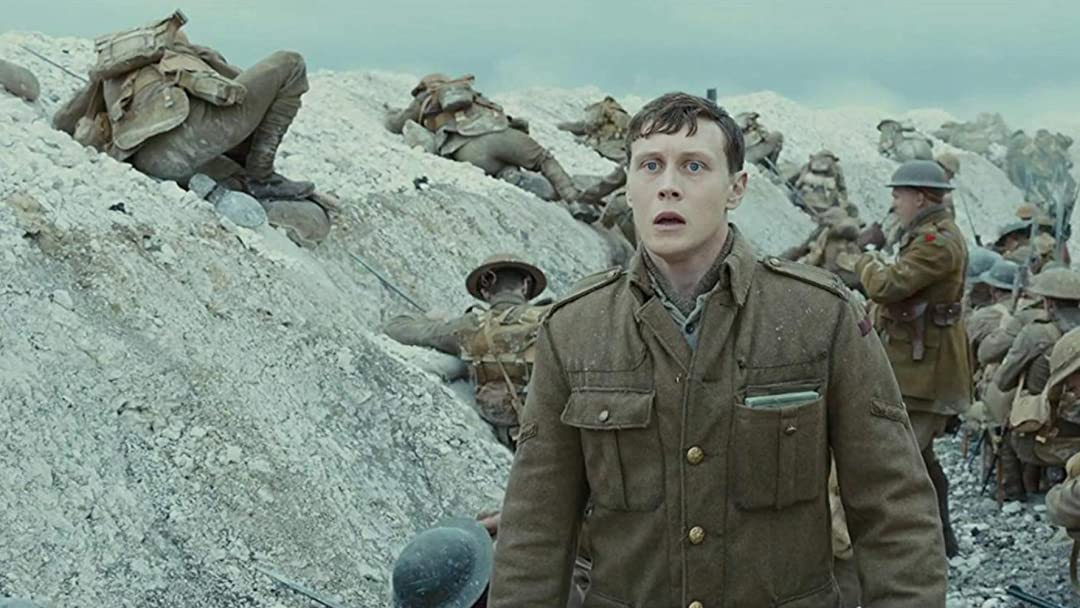
Director Sam Mendes has a variety of fantastic films to his name, one of which was a war film back in 2005 called Jarhead. That film was met with mostly mixed to positive reviews from everyone, but he goes above and beyond with his precise and relentless direction in 1917. This is a fictional story, but it is a love letter to his grandfather from his stories being a soldier during World War I; even co-writing the screenplay for the film. It clearly shows how much he adored his grandfather and 1917 must’ve been the way he felt he should honor him for his service to Britain back in the late 1910s.
What I have never seen a war movie do is tell a story through a single continuous shot. Well, technically two continuous shots since there’s a blackout for editing in the middle part of the film after Schofield gets shot in the helmet he is wearing. But still, I have never seen cinematography used in a way that would ramp tension and stakes to 11 like they do here. This was not the first film to use this technique of a one shot movie, as Birdman: Or the Unexpected Virtue of Ignorance did so 5 years prior, but I have never seen a wide range of emotions and adrenaline utilized when having this one shot formula, rightfully winning an Oscar for its cinematography.
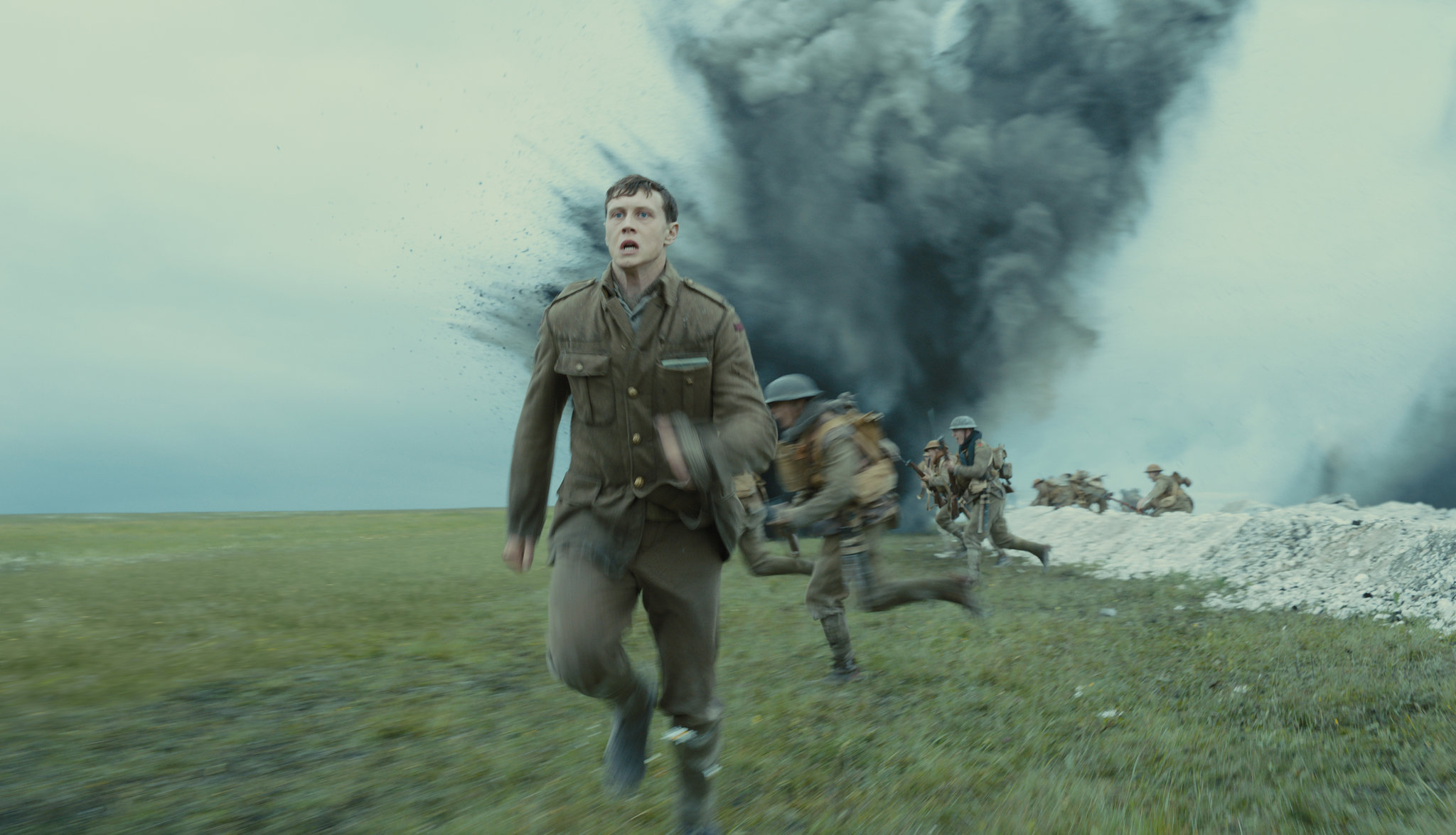
With the cinematography, comes its storytelling and acting. Since having the continuous one shot technique the stakes and story are taking place in real time. Showing the ticking clock with this storytelling type shows the stakes of the film and how much time is of the essence. With the storytelling, comes its perspective in the character of Schofield, as Adam MacKay carries this film on his shoulders. Giving all the grief, cynicism, exhaustion, and hope that the character needs to portray throughout the story. With Schofield, we are given quiet moments sporadically throughout 1917 showing the humanity and destruction war has on the spirit. Such as moments before the climax, we are given a reprieve. Schofield crawls out of a river and has an emotional breakdown from the course of events from the last few hours, once getting up we listen as a rendition of “Poor Wayfaring Stranger” is being sung in the distance. This is showing both the hopelessness of war and gives us a break from the exhausting journey Schofield has had. Once the song is done though, the journey must continue and time is almost out. Making the stakes and pacing that much more stressful and anxious.

There was also a risk in casting as well. As the two leads were relatively unknown actors at this time, both had established credits but no real star power behind their names. What made casting interesting was the fact that the two leads were unknowns and everyday infantrymen. They did cast several big British talents to take on small roles within the film like Colin Firth, Mark Strong, and Andrew Scott. All of which have more star power behind their names alone than both protagonists combined. There is another added layer to this idea of casting and story as well. Each actor plays a higher ranking officer than our Lance Corporals, the higher they are in rank the more prestigious the actor. Which is subtle in terms of delivering lines in each scene, as the higher up in rank we go the calmer the actor seems to be. For example as we meet Andrew Scott’s Lieutenant Leslie in the trenches on the front lines and he seems more tired and hopeless than Colin Firth’s General Erinmore the entire time we meet him.
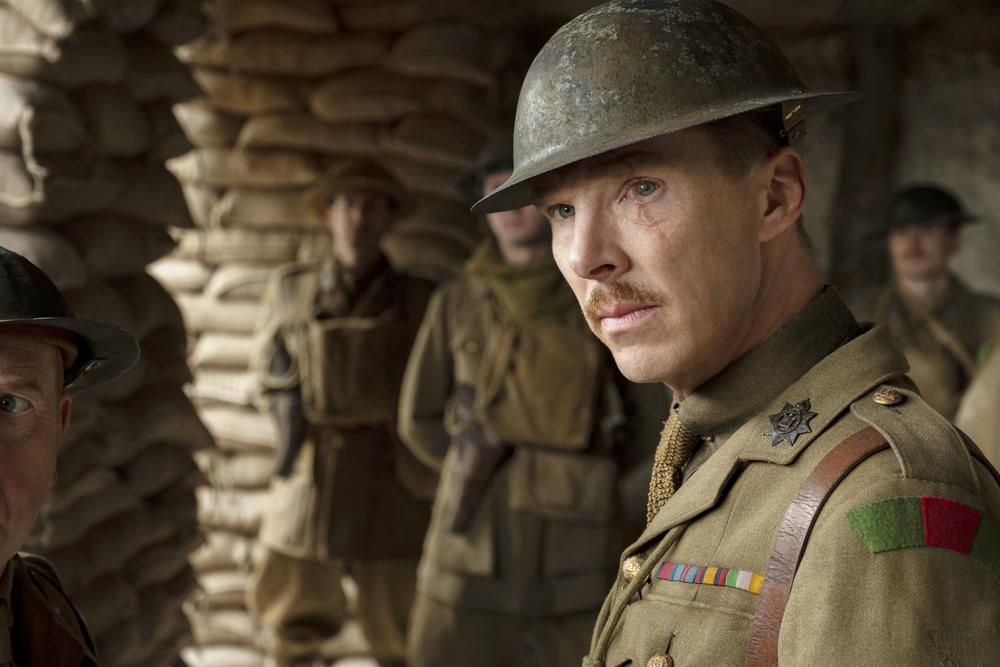
1917 is a film that transcends its genre. Giving us as much heart as Saving Private Ryan with a more relentless story and pace. MacKay, as I said before, gives the performance of a lifetime as Schofield as he gives the widest range of emotion I have seen in any form of cinema. Along with some welcomed bit parts from far more established actors that never seem to steal the spotlight from MacKay. This is a story also relishes in its simplicity but doesn’t shy away from the complexities war can bring, such as sending a message to save 1600 men today who may be sent out tomorrow to die. With emotional performances and payoffs, you will leave the screen exhausted and broken down in an uplifting way, reminding ourselves that we do still have our humanity. When you see Schofield sitting against the tree at the end like at the beginning we are brought some peace as this story ends.

